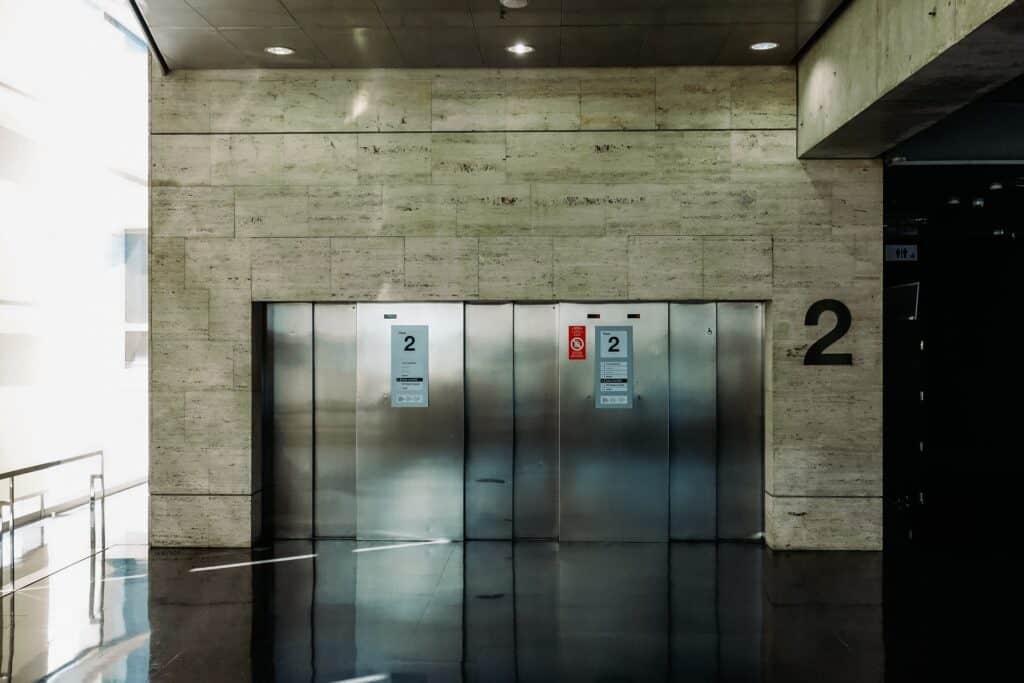Daniel Cheesman, Associate at ARDENT Lift Consultancy, walks us through the responsibilities of owning or operating a lift.
As owners or operators of lifts, you need to have your lifts ‘regularly’ maintained by a suitably qualified person/company. Additionally, you are required, under the Lifting Operations and Lifting Equipment Regulations 1998 (LOLER) to have your lift Thoroughly Examined by a ‘Competent Person’ who will assess the safe operation of your lift (often referred to as Insurance Inspections).
The purpose of the regulation was to reduce the risk of injury from lifting equipment used at work; however, even when lifts are installed within residential demises, this should not exclude them from the regulation, as for many people (property managers, maintenance staff, delivery drivers, cleaners, etc.) the apartments are their place of work.
The regulation stated that all lifts provided for use with work activities should be Thoroughly Examined by a ‘Competent Person’ at regular intervals. Regulation 9 of LOLER requires all employers to have their equipment Thoroughly Examined prior to it being put into service and after there has been any major alteration that could affect its operation. Owners or people responsible for the safe operation of a lift at work are known as ‘duty holders’ and have a responsibility to ensure that the lift has been Thoroughly Examined and is safe to use.
What is a Thorough Examination?
A Thorough Examination is a systematic and detailed inspection of the lift and all its associated equipment. Its aim is to detect any defects which are, or might become, dangerous. The competent person should then report them to the duty holder and if appropriate the enforcing authority (the Health and Safety Executive or Local Authority).
How often should they be conducted?
When in use, lifts should be Thoroughly Examined every six months, if at any time it has been used to carry people. Lifts only used to carry loads should be examined every 12 months. If any substantial or significant changes have been made to the equipment, as would alter operating condition which is likely to affect the integrity of the equipment, then this would also require an examination.
Who is a Competent Person?
- Lift Insurance Inspectors
- Client appointed persons (The person who is responsible for ensuring compliance to LOLER 1998 & HASAWA 1974 for that client) usually in larger organisations
- Lift Engineer where they deem a specific component to be requiring a further in-depth examination
The competent person is legally required to send you a written and signed copy of the report identifying any defects which need to be addressed. Giving details of any repair, renewal or alteration required to remedy the defect and a date by which it should be undertaken.

How do I know if my service provider is addressing the identified defects?
It is important to obtain written confirmation of the completion of the identified defects, particularly those of a timed nature. Subject to the level of maintenance contract in place, many items highlighted within the LOLER inspections can be addressed during the next scheduled maintenance visit.
However, on occasion, the lift contractor will need to quote for works beyond their contractual remit. This is often where the process falls down as the client is not always keen to spend further monies on works and often results in repeat items being seen on the reports. Key to this is often ascertaining what is mandatory for the client to undertake and what is recommended but not enforceable.
Can we get advice on how to deal with defects and the reporting process?
ARDENT Lift Consultancy provide maintenance management services across the UK, with nationwide contracts in place.

We offer our clients clear, definitive advice on their legal obligations, as well as providing cost/benefit analysis of the ‘nice to have’ items associated with these reports.
We are available to offer the technical support to our clients, ensuring they are not exposed to potential risks, adhere to the guidelines within the regulation, whilst remaining mindful of budgetary constraints.
How can I get help managing which recommendations to undertake first?
ARDENT Lift Consultancy’s bespoke survey reports highlight any items that should be undertaken in the short, medium and long term, which will enable a structured financial plan to be put in place for the works while minimising the potential for litigation.



